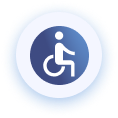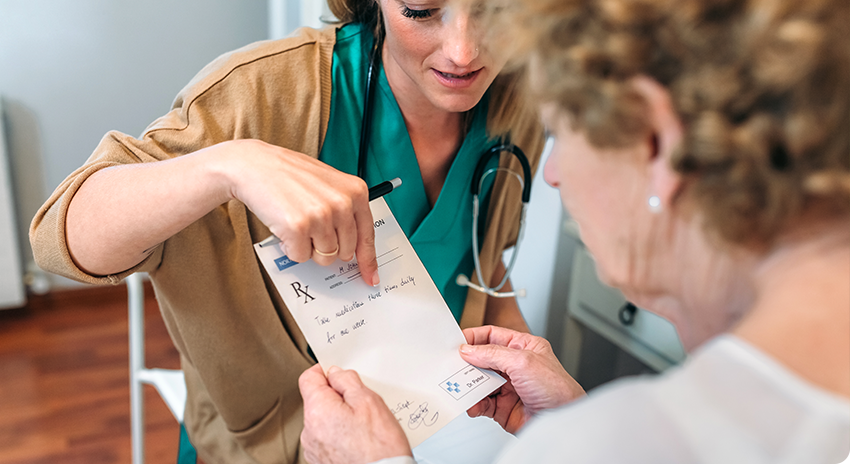Estimated read time: 5-6 minutes
This archived news story is available only for your personal, non-commercial use. Information in the story may be outdated or superseded by additional information. Reading or replaying the story in its archived form does not constitute a republication of the story.
SALT LAKE CITY — The clock is ticking for the long-awaited Glendale Regional Park to open, and while a proposed bond would substantially increase the funds to build out the park, it's clear that the park will add new features with time.
Katherine Maus, a public lands planner for the Salt Lake City Parks and Public Lands Department, updated the Salt Lake City Council on Tuesday regarding the proposed opening day plans, including a likely starting point as it finishes up a final draft of a park master plan.
"We're currently designing for an impactful Phase 1 to open to the public in 2024," she told members of the council.
The division has a deadline to open the park by April 2024 — 18 months from now — because of a requirement tied to past federal funds that the site received when it was a water park. The funds require that the space remain an open space that can only be closed off to the public for six years; Raging Waters/Seven Peaks closed down in 2018, which is when the timeline to reopen the park began.
The proposed regional park came to light in 2021, meaning that the department has had a short window to tear down the old water park and replace it with the park. Some "unforeseen circumstances" in tearing down the abandoned water park have tightened the window, according to Maus.
A phased system will help the department open the park by April 2024 to meet the deadline, even if it's not the final project.
The first phase would include a trail connection, a picnic lawn, an all-ages and abilities playground, a pavilion/shade structure, a multi-use sports court with pickleball and basketball courts, a community plaza, an undeveloped hill with possible art installations and a kayak rental locker, in addition to utilizing an existing boat ramp. The park would also include a parking lot and interim food truck parking space, according to the first-phase elements outlined by the department.
These projects were selected because they offer the most to cover what community members have said they want, with what can be feasibly completed on time, Maus said.
"We're currently working with our consultants, Design Workshop, toward the design of Phase 1 to meet this deadline," she said.
Nearly all of the park's projects would be included within the center portion of the 17-acre plot of land. This allows for the park to remain open while future phases are constructed. It also provides for some connections to the Jordan River Parkway Trail and the 17th South River Park to allow for a "contiguous park experience" within the first phase of the Glendale Regional Park, she said.
"Additionally, in order for this park to be successful, we recognize the need for immediate opportunities for programming and activation to get people onto the site right away," she continued. "This community plaza and promenade provides infrastructure for markets, food trucks and events."
In essence, visitors will have to lower their expectations before they get to see the "bright, vibrant, lively space" replacement for Raging Waters that is in the current draft master plan of the park envisions. A public pool, ice/roller skating ribbon, a skateboarding feature and a riverside beach large enough for volleyball are among the projects that would be would be included in future phases.
Salt Lake City envisions 'bright and colorful' replacement for Raging Waters
The future of the demolished Raging Waters may be as "bright and colorful" as the old water park's slides were.
The plan is set to be delivered to Salt Lake City Planning Commission either later this month or in November. The council may vote to finalize the master plan by the end of the year.
"I really, really hope that this happens and I'll do anything in my power to help (with) this project," said Salt Lake City Councilman Alejandro Puy, whose district includes Glendale.
As for construction, Maus said that some of the Phase 1 items could be "scaled back" because of ongoing inflation. The project currently has $3.2 million in impact fees — one-time fees that developers pay at the construction of new buildings that go toward projects like parks. The Glendale Regional Park could also receive $27 million from a proposed $85 million general obligation bond, which Salt Lake City voters will decide on next month.
Salt Lake City Councilman Darin Mano said he has a "pretty high level of confidence" that the bond will pass given the demand for park space in the city, but asked the department if there's a backup plan should the bond fail.
If it fails, the department will seek a budget amendment to complete the first phase of construction, Maus responded. She added the city could look into state, federal and private funding sources, or even look at using city capital improvement spending on the project, though it likely wouldn't provide as much money and would be a slower process as compared to the bond passing.
That means the bigger park projects are still expected to happen in the future regardless of whether the bond passes; however, the bond will dictate how quickly the projects come to fruition.
Meanwhile, some members of the council expressed concerns about relying on community programs to help the park out in its initial phase. Salt Lake City Councilwoman Amy Fowler said the city has struggled in the past to provide what the community wants and hopes that's not the case in Glendale. This could be the result of many factors, including staff shortages.
"I think that it's important that we're thinking about that now so we have that plan in place," she said.
While the department says it is working with consultants to avoid problems with community programming, only time will tell if that's an issue as the park opens in 2024.

 435.215.7170
435.215.7170




 Service Areas
Service Areas























